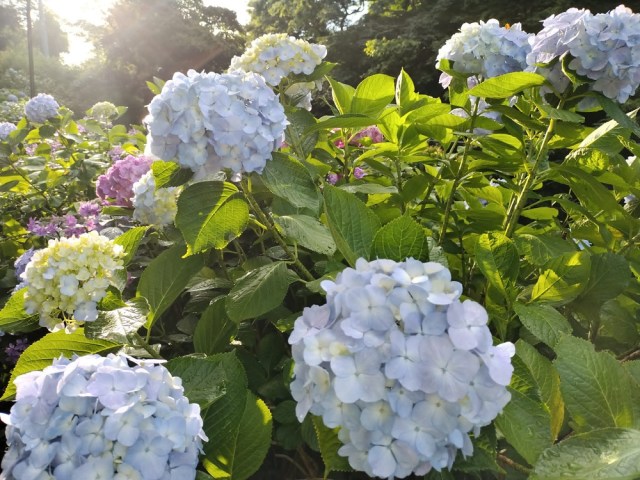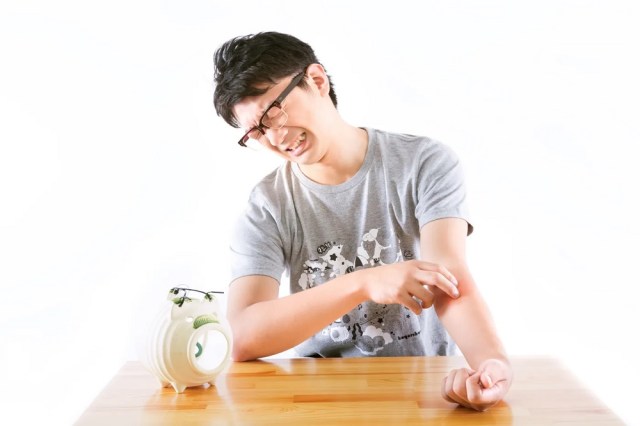Summer in Japan doesn’t feel like a Japanese summer this year, many are saying

Traditional natural signs of the season are missing.
There’s room for debate on when the exact start of summer is. Maybe you go with the meteorological point of view that the first day of June is also the first day of summer, or maybe you follow the astronomy perspective that it begins with the summer solstice on June 21.
But I think we can all agree that by now we’re firmly into summer, which is why many people in Japan are surprised that they’re not seeing some traditional signs of the season.
Let’s start with what’s usually the first summer event of a given year that people in Japan look forward to: the hydrangeas blossoming, which happens in June, right as the country enters the rainy season portion of the summer. Japan loves seasonal flowers, and hydrangeas have the advantage of staying around longer than the famously short-lived cherry blossoms. This year, though, they came and went with sakura-similar swiftness due to record-setting heat and markedly less rainfall than usual. “I wouldn’t say the hydrangeas around here withered. I’d say they burned up,” said a Chiba Prefecture resident in a survey conducted by Japan’s Weather News organization, with another participant from Mie Prefecture remarking that the ordinarily vividly colorful petals “turned brown, like they’d gotten suntans!”
Moving on to something no one is personally missing, though, people in Japan have also been noticing far fewer mosquitos this year.

Ordinarily, mid-June is the start of a two-to-three-month period where if you spend more than a few minutes outside in a short-sleeved shirt, shorts, and/or open-toe footwear, you can expect to come home with fiercely itchy mosquito bits on any flesh that was exposed. This year, though, there’s been a lot less blood-sucking insect activity. Generally mosquitos are active when the temperature is in the range of 25 to 30 degrees Celsius (77 to 86 degrees Fahrenheit). Once temperatures get higher than that, even the mosquitoes don’t want to be out and about in the heat, and will take refuge in the shade of trees and other leafy foliage. With many parts of Japan reaching daytime highs in the mid-30s this summer, even once the sun goes down it’s often still too hot for mosquitoes to go buzzing around, making their absence from people’s notice a 24-hour situation.
Mosquitos aren’t the only bugs associated with summertime in Japan, though. There’s also the cicada, whose buzzy whine serves as an aural reminder of the season as evocative as any summertime J-pop tune (though an appreciation for the cicada serenade is, as many expats will tell you, definitely an acquired taste).
While mosquitos are generally here throughout the summer, cicadas usually awake from their dormant state and start popping out of the ground once the rainy season is over. The early end to this year’s rainy season hasn’t translated into an early cicada appearance, though. That’s because, according to entomology professor Satoshi Kamiya at Kyushu University, cicadas don’t so much wait for the rain to stop as they wait for enough rain to have fallen, and the lack of precipitation, combined with intense heat, is keeping more of them in a dormant state than would be the case in an average year.
▼ This Twitter user didn’t hear their first cicadas of this year until July 1
川の音で少し分かりづらいですが、今年初めての蝉の鳴き声。清滝にて。 pic.twitter.com/RiPAY63XiA
— SATTON (@sattonpiano) July 1, 2022
Though it’s too late for a hydrangea comeback, rainy forecasts for most of Japan for the next week mean we could be seeing a surge in summertime bugs, and “Japan summer!” atmosphere, soon.
Sources: Weather News via Yahoo! Japan News via Jin, Nishi Nippon Shimbun
Top image © SoraNews24
Insert image: Pakutaso
● Want to hear about SoraNews24’s latest articles as soon as they’re published? Follow us on Facebook and Twitter!
Credit:

0 comments:
Post a Comment